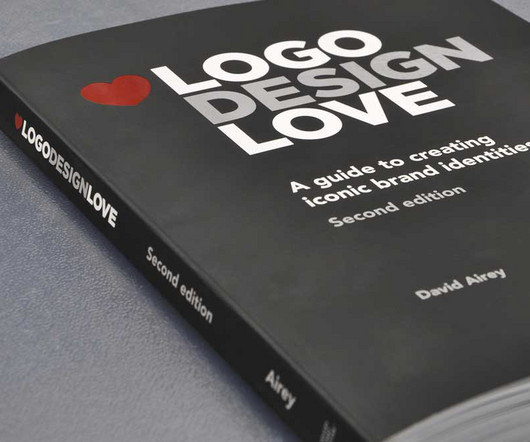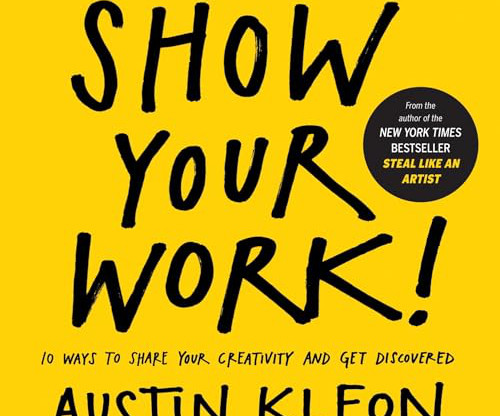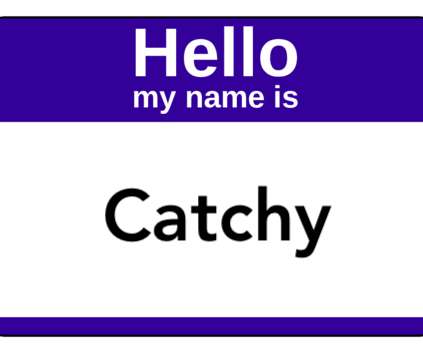5 Best UX Books to Elevate Your Design Skills
Inkbot Design
JULY 24, 2023
2 – “The Design of Everyday Things” by Don Norman The Design of Everyday Things”, authored by Don Norman , is an enduring masterpiece, delving into the core principles of design and their profound influence on user experiences. For example, a doorknob can twist, while a button can press.















Let's personalize your content